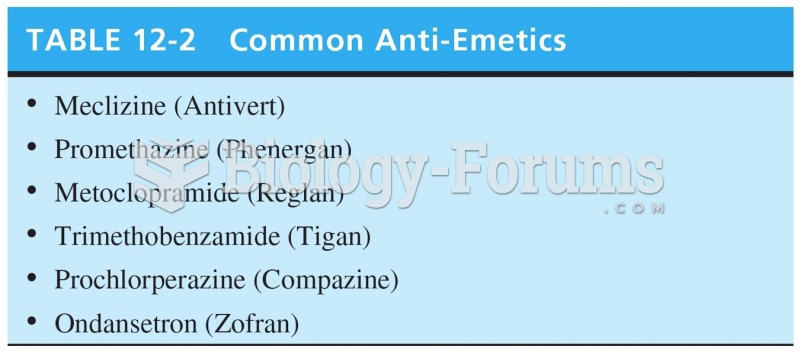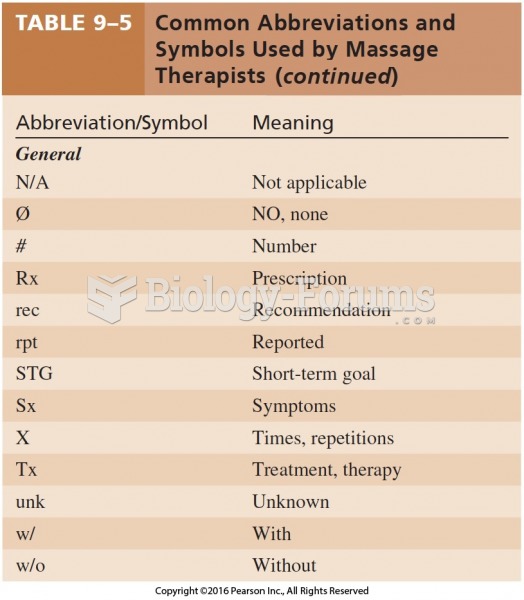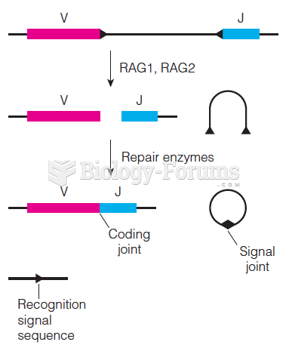Answer to Question 1
ANS: B
Cross-sectional designs examine groups of subjects in various stages of development, trends, patterns, and changes simultaneously with the intent to describe changes in the phenomenon across stages. The assumption is that the stages are part of a process that will progress over time. Selecting subjects at various points in the process provides important information about the totality of the process, even though the same subjects are not monitored through the entire process. Trend designs examine changes in the general population in relation to a particular phenomenon. The researchers select different samples of subjects from the same population at preset intervals of time, and at each selected time, they collect data from that particular sample. A merger of the cross-sectional or longitudinal and trend designs, the event-partitioning design, is used in some cases to increase sample size and to avoid the effects of history on the validity of findings. Cook and Campbell referred to these as cohort designs with treatment partitioning. True longitudinal designs examine changes in the same subjects over time. They are expensive and require a long period of researcher and subject commitment. Measurement must be carefully planned and implemented because the measures will be used repeatedly over time.
Answer to Question 2
ANS: D
The commonly used descriptive study design examines characteristics of a single sample. It identifies a phenomenon of interest and the variables within the phenomenon, develops conceptual and operational definitions of the variables, and describes the variables. The comparative descriptive design examines and describes differences in variables in two or more groups that occur naturally in the setting. Descriptive statistics and inferential statistical analyses may be used to examine differences between or among groups.







